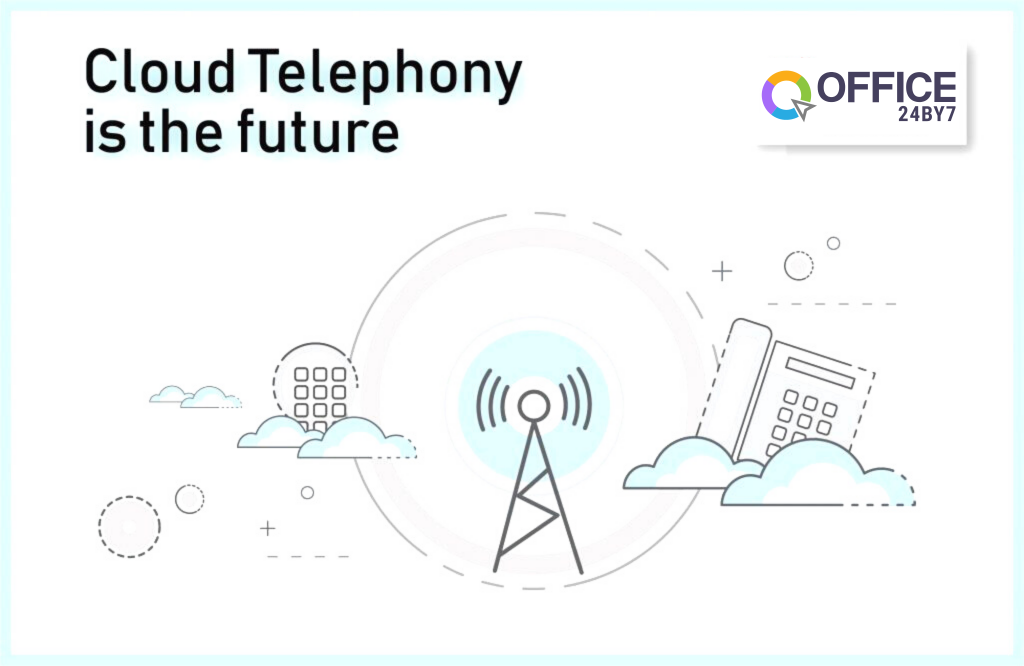
Whether you believe it or not, the fact remains that even several decades after Alexander Bell invented the telephone, it is still one of the hottest business channels for lead generation and customer engagement. Statistics suggest that phone leads are more crucial to SMBs than other mediums. This indicates the future of cloud telephony in business communication is promising and transformative.
Putting things to a better perspective, you can safely say that cloud telephony replaces the ancient PBX. These can potentially improve business penetration without increasing the company’s budget for communications. Let’s take a look at the importance of cloud telephony and how to move to cloud telephony:
How Cloud Telephony Reshapes Business Communication
In a scenario like India, high-speed internet, scattered business across regions, adoption of cloud technology, demand for technology solutions, etc., are adding an impetus to cloud telephony, whose market worth stands close to ₹300 crore, according to industry experts. This is a rather reassurance to numerous vendors out there.
According to recent statistics, “Though the Indian BPO sector, which is responsible for transforming the nation from an agrarian to a tertiary economy, has lost a certain market to counterparts like China, Philippines, and Brazil, still the worth of its share in the country’s growth and GDP is quite significant.”
The country is making a definite global presence. It has footprints in 200 cities across 52 nations, and more than 500 delivery centers have provided services. But most of these have room for improvement. And very fortunately, cloud-telephony vendors are doing every bit to turn water into wine.
Even after leaving outsourcing to BPOs alone, the country has enough potential to expedite cloud-telephony growth. The service providers have myriad tools under their sleeve, like cloud-based IVR software, reports and analytics, automatic call distribution, inbound-outbound call recording, etc. Above all, companies do not have to go out of their way to access and use these. These can be easily purchased/ activated online. Moreover, these can be integrated with the company’s APIs as well.
The services have also developed customized plans for small and large businesses. Today, you can witness penetration of these in almost all fields and services. This is a potential worth tapping.
Cloud Telephony’s Impact Ahead
The versatility of cloud telephony goes beyond streamlined communication automation software. Its integration with Customer Relationship Management (CRM) systems has revolutionized customer service. By unifying data and call management, businesses can personalize interactions, track customer preferences, and offer tailored solutions promptly. This seamless integration enhances customer satisfaction and empowers businesses to make data-driven decisions, optimizing overall performance.
From giving you details about campaigns like the midday meal scheme of state government to e-commerce sites keeping their customer-base updates, cloud telephony is here to stay. The future of cloud telephony will take a huge hike along with the growth of business industries.
Implementing Cloud Telephony
Implementing cloud telephony involves a strategic approach tailored to the unique needs of each business. The process typically begins with an assessment of existing communication systems and infrastructure. Identifying specific goals and requirements lays the groundwork for selecting the most suitable cloud telephony solution. From choosing the right service provider to ensuring a smooth transition, meticulous planning and staff training are vital. Successful integration involves technical aspects and necessitates a cultural shift within the organization to maximize the benefits of this innovative communication technology.
In summary, the trajectory of cloud telephony showcased above underscores its pivotal role in shaping the future of communication. Its scalable, efficient, and adaptable nature assures an evolution in how businesses interact. Embracing this technology ensures staying ahead in the ever-evolving communication landscape, defining the promising future of cloud telephony.





